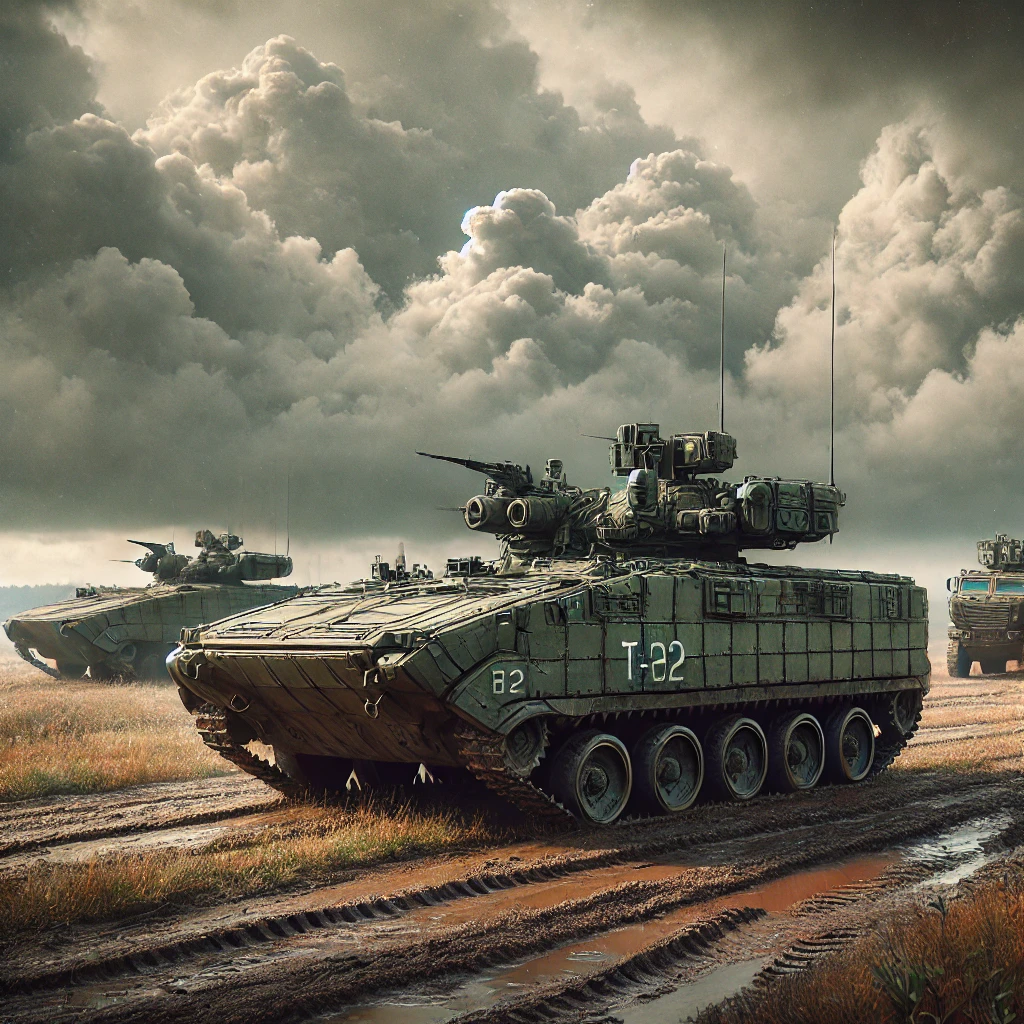
Question:
Why are not used BTR-Ts based on T-5x and T-6x tanks. The first version of Israel’s BTR-T was based on the T-55. The vehicle is clearly more protected compared to the APC or the same MT-LB. I also wonder why there are no APCs with dynamic protection like the Bradley. I’ve seen several times how Bradley held several RPG hits on the sides.
In order to clarify the need to convert old tanks in storage into heavy APCs as in Israel, we will have to delve into the background. During the wars of 1967 and 1973, the IDF captured from the Syrians and Egyptians a huge number (literally many hundreds) of trophy Soviet tanks T-54/55 and their later modernization – T-62. They were developed in Kharkov shortly after the war and had an extremely reliable engine. Combined with armor, it was the reason for the Israelis’ careful treatment of the trophies, they were given a second life in the IDF. Collectively, all these Soviet tanks in IDF service are referred to as Ti-67.
At first, the T-55 was simply adopted by the IDF as is, spare parts were made themselves or bought on the market. Later the trophies were modernized in the number of more than 350 pieces and partially received the British 105 mm cannon. There were copies with the standard Soviet 100 mm gun and enough shells in case of war. T-62s were left with the Soviet 115 mm gun. After 12-15 years, many tanks were fitted with Western engines, instruments and transmission – there were no questions about the armor.
And only when in the 80’s the army began to receive the latest Merkava in sufficient quantities obsolete Ti-76 began to be transferred to reserve units. But even there their life continued with additional armor, engine and transmission replacement – they began to be converted into heavy BMP “Akhzarit”. In 20 years about 500 heavy BMP “Akhzarit” were made from Soviet tanks. They are still in service and are not going to be withdrawn.
So, as long as the tank could be used as a tank, it was used as such. Exhaustion of ammunition of Soviet calibers, moral deterioration – this is the reason for their conversion into heavy BMPs. Therefore, as long as the T-55 and T-62 can be used as a mobile protected gun with plenty of ammunition in storage, they will be used that way.
Note that shell depletion is a common trend for the AFU and the RF Armed Forces. Large stocks of 100mm and 115mm shells in warehouses is a serious argument in favor of keeping their guns, even though they have long since been removed from service. Why change a tank cannon for a machine gun if artillery has become an important advantage on the battlefield?
Well, making heavy BMPs from old tanks can be started when mobile warfare returns again. Meanwhile, for the sake of dispersal, fighters prefer to advance to enemy positions on motorcycles and quad bikes. In a heavy Akhzarit, the entire troop would probably die before reaching the trenches, just like in a regular BMP.

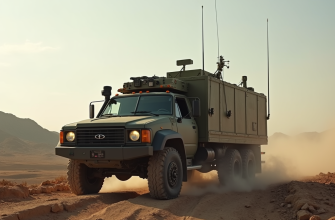

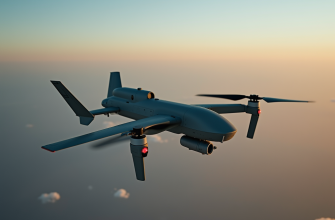

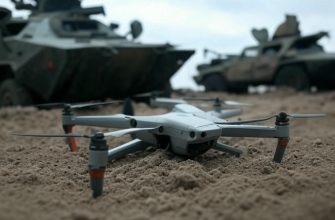
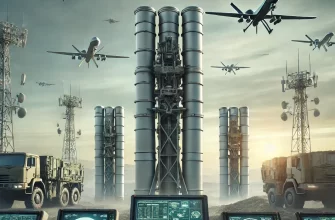
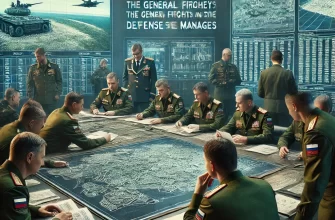
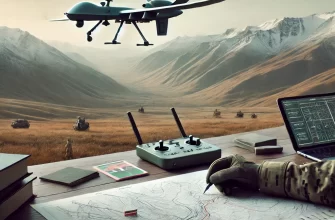
Honestly, it’s wild to think that armies are still holding onto these decades-old tank platforms just because they have ammo in storage 🤯! Instead of embracing modern designs with dynamic protection and mobility, they’re stuck playing it safe with outdated tech. If the battlefield demands speed and adaptability, why waste resources on heavy, slow APCs that might get flattened before even reaching enemy lines? The idea that troops might die inside these clunky vehicles before firing a shot is terrifying 😰. Seems like a classic case of military tradition clashing with actual battlefield realities 🚀💥.
This explanation really clarified a lot about how practical considerations like ammo stocks and existing engine reliability shape military decisions. It’s interesting how the Akhzarit conversions show a smart reuse of old tanks instead of just scrapping them 🚀. Also, the point about modern warfare favoring speed and mobility over heavy armor makes a lot of sense—sometimes lighter vehicles like motorcycles are simply better for certain situations 🏍️. I wasn’t aware that running out of specific ammunition types could be such a major factor in whether tanks get converted or kept in service. Military tech choices really have so many layers beyond just equipment specs! 🔥
Honestly, turning ancient tanks into heavy APCs sounds like a creative way to save money and use what’s already lying around, but I can’t help picturing soldiers trying to charge on motorcycles and quad bikes while clinging to these armored dinosaurs 🏍️😂. Also, the idea that a shell shortage keeps these old guns alive just feels like military thriftiness at its finest 💸💥. And let’s be real, who wants to be stuck in a heavy armor box when you can zip around like a ninja on a quad? 🚀😅
This article provides a very insightful explanation about why Israel chose to convert older Soviet tanks into heavy APCs rather than developing completely new platforms. The point about ammunition stockpiles influencing the decision to keep the original tank guns is especially interesting—it’s a practical reminder that logistics and existing resources play a huge role in military vehicle evolution. Also, the comparison between heavy BMPs and lighter, more mobile infantry transport methods like motorcycles showcases how modern tactics prioritize speed and flexibility over heavy armor in many combat scenarios. It makes me think about how battlefield conditions and technological advances continuously shape the balance between protection and mobility 🚀🛡️
Interesting insight into the practical reasons behind converting old tanks into heavy APCs and how ammunition availability influences these decisions. It makes sense that using what’s already in storage can be a strategic advantage on the battlefield.💡
This article really made me think about how armies adapt to what they have instead of just buying new tech all the time. It’s fascinating how the Israeli military gave old Soviet tanks a completely new life, turning them into something so different and still effective 🛡️🚀. The idea that they keep using those heavy APCs because of the ammo stocks and the practical need on the battlefield feels so real and grounded. It’s like history, technology, and strategy all mashed together in one. Also, the point about modern mobile warfare with motorcycles and quad bikes totally changes the game — heavy vehicles might not always be the answer 🏍️🔥. Such a complex balance between protection, mobility, and firepower!
This article really sheds light on some practical military logistics decisions that aren’t always obvious at first glance. It makes perfect sense why Israel would repurpose reliable, readily available tanks like the T-55 and T-62 into heavy APCs instead of developing entirely new vehicles, especially when they have large stockpiles of compatible ammunition. The point about dynamic protection on APCs like the Bradley is interesting too—reinforcing troop carriers while balancing mobility and firepower is always a tricky trade-off. I also hadn’t considered how modern combat tactics, like using motorcycles and quad bikes for quick movements, affect the practicality of heavy armored transports. It’s a reminder that battlefield needs and available resources drive innovation in sometimes unexpected ways. 🚀🔰🛡️
{comment:This analysis sheds light on an interesting aspect of military vehicle adaptation that isn’t often discussed. The conversion of old Soviet tanks into heavy APCs by Israel shows a pragmatic use of existing resources, especially when ammunition stockpiles and reliable armor are considered. It makes sense that the tanks are kept in service as long as their original firepower can still be utilized effectively, instead of prematurely downgrading them to lighter vehicles. The point about modern dynamic protection on vehicles like the Bradley is intriguing, but it seems that factors like mobility, terrain, and changing tactics—such as the use of motorcycles for rapid troop movement—play huge roles in vehicle choice on the battlefield 🚀. Also, the historical perspective on Israel’s Ti-67 fleet modernization and how engineering upgrades extended their service life is quite insightful. It’s a reminder that sometimes older platforms, when thoughtfully updated, remain very relevant in modern combat scenarios ⚙️🔰.}
The historical context behind Israel’s conversion of old Soviet tanks into heavy APCs really highlights how practical considerations like ammunition availability and armor reliability shape military decisions. It’s interesting that despite the advancements in technology, stockpiles and the proven durability of those older tanks still influence current strategies. The point about mobile warfare and the shift towards faster, lighter vehicles like motorcycles shows how tactics evolve alongside the equipment. It makes sense that heavy APCs like the Akhzarit are kept in reserve until a different style of combat demands their use. 🤔
Oh great, another deep dive into why we’re still clinging to ancient tanks like they’re vintage collectibles 😂. Yes, keeping old Soviet cannons because of leftover ammo stocks sounds about as tactical as hoarding expired canned food just because it’s there. And the idea that people prefer motorcycles over heavy armored vehicles because the latter would die instantly on the battlefield—well, that’s definitely a glowing recommendation for modern warfare 🤦♂️. Maybe the real reason these BTR-Ts aren’t everywhere is because no one actually wants to be stuck in a metal coffin while everyone else zips around on quads.
This article really opened my eyes to how practical and resourceful the IDF has been with their old Soviet tanks. It’s fascinating to see how these machines got a second life as heavy APCs, adapting to the changing nature of warfare. The idea that ammunition stocks influence whether tanks get converted or not makes so much sense, and it’s surprising how much history sits behind every vehicle like the Akhzarit. It’s a reminder that sometimes the best solution isn’t about having the newest tech, but about smart use of what you already have 🚀🤔
Converting old tanks into heavy APCs sounds like a brilliant recycling project—who knew vintage Soviet steel could get a second (or third) life while modern armies zip around on motorcycles? It’s almost like the battlefield decided speed beats armor… unless you’re ready to come prepared with a whole warehouse of artillery shells, that is. Guess some things never go out of style, like holding onto those massive tank guns just in case things get really messy 🔥
This article really sheds light on how pragmatic military decisions can be, especially when it comes to repurposing outdated but reliable equipment. It’s fascinating to see how older tanks like the T-55 and T-62 find a new life as heavy APCs, balancing protection and firepower while dealing with ammo shortages. The point about mobility in modern combat environments makes so much sense—sometimes speed and flexibility matter more than heavy armor. It’s a clever reminder that war machines evolve not just with technology but with tactics and available resources 🚀
It’s hilarious how everyone keeps asking why old tanks aren’t turned into super-heavy APCs like some kind of armored magic carpet. Newsflash: just slapping armor on a T-55 doesn’t turn it into a battlefield superstar when mobility and modern tactics have moved on. Also, thinking old Soviet shells laying around justify clinging to outdated tech is peak military nostalgia 🤡. Spoiler alert: motorcycles and quad bikes may be scrappy, but at least they don’t make soldiers an easy target sitting in a slow, lumbering box. Sometimes innovation means moving on, not patching up relics. 🚀💥
This is a really interesting take on how older tanks are repurposed and why heavy APCs like the Akhzarit remain relevant despite modern warfare trends. It makes a lot of sense that ammo availability and the reliability of the old platforms play such a big role in these decisions. I hadn’t considered how shifting tactics, like the use of motorcycles and quad bikes, influence whether heavy armored vehicles can even be effective on the front lines. The balance between protection and mobility in today’s conflicts is tougher than I thought! 🚜💥
This post really sheds light on the clever way Israel extends the life of old tanks, turning them into seriously tough infantry carriers. It’s fascinating how ammo availability and changing battlefield tactics influence whether a vehicle stays a tank or becomes a heavy BMP. The point about modern warfare favoring lighter, faster units like motorcycles over heavily armored vehicles makes me think about how flexibility often beats pure firepower these days 🚀
This article offers a very insightful look into the practical reasons behind converting old tanks into heavy APCs like the Israeli Akhzarit instead of developing entirely new models. The explanation about ammunition stocks and the balance between maintaining firepower versus troop mobility really highlights the complexity of modern armored warfare. It makes sense that using these robust, proven platforms with upgraded systems extends their service life effectively, especially considering logistical and tactical factors. The point about motorcycles and quad bikes being favored in current conflicts due to speed and dispersal adds a realistic perspective on how different battlefield conditions drive vehicle design and use. Overall, this clarifies why we don’t see more heavy APCs with tank-level protection but also why preserving artillery capability remains a priority. 🛡
Oh brilliant, another armchair general explaining why we shouldn’t use better-protected vehicles because we have a mountain of old shells to fire. Because clearly, the priority is using up obsolete ammunition, not keeping infantry alive. I’m sure the guys riding on quad bikes into machine gun fire really appreciate that logic. 🙄 The Bradley survives RPGs for a reason, maybe we could learn something instead of celebrating our own obsolescence. What’s next, bringing back the trebuchet? 💥
Speaking as a guy who follows armor debates, this argument ignores key realities. Israel converted trophies because they had hundreds of compatible tanks and ammo, unique logistics and doctrine. You can’t copy that model everywhere. Dismissing heavy APCs because fighters use motorcycles smells like ideology over tactics; survivability, firepower and terrain still decide whether conversions make sense.
Converting old tanks into heavy APCs is logical when ammo and chassis are abundant, but modern mobility and AT threats often make lighter, agile forces preferable in many conflicts.
Sure, let’s just throw more heavy tanks into modern mobile squads riding motorcycles sounds perfectly logical 🚀
Converting T-55/62 tanks into heavy APCs like Akhzarit maximizes legacy ammo stocks and armor resilience ⚙️ Dynamic protection on APCs could enhance survivability, but mobility trade-offs remain critical 🚀